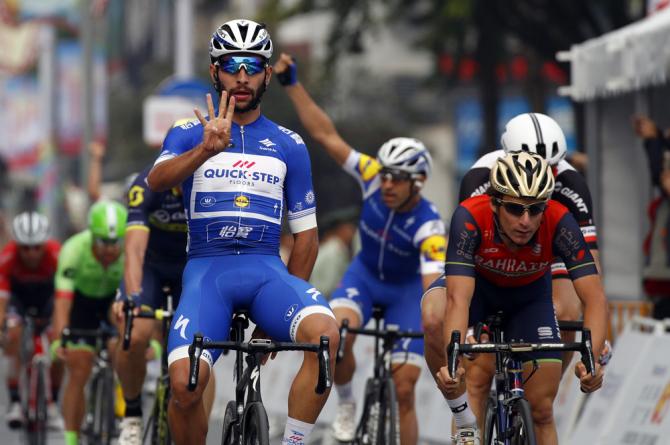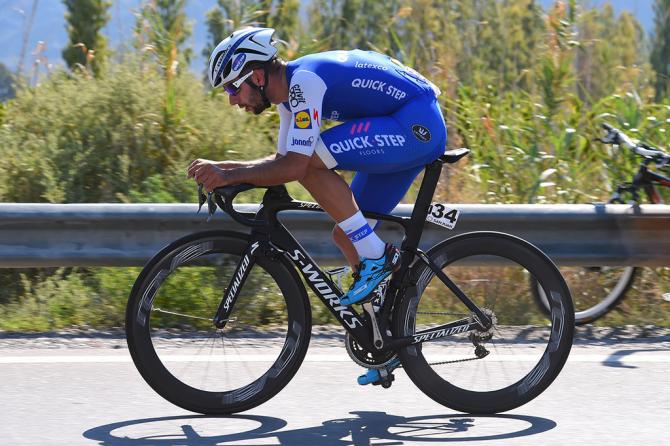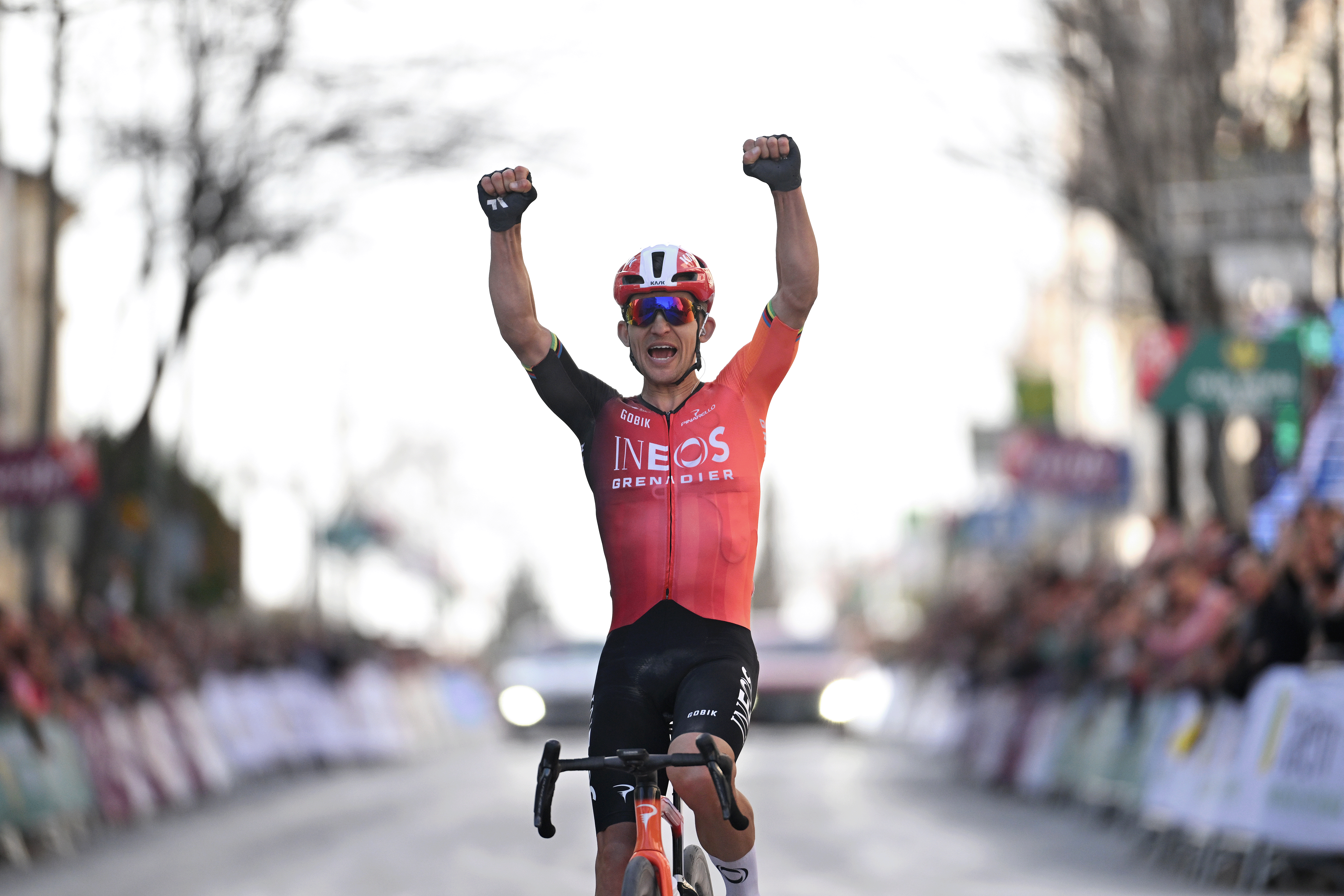Gaviria: Why not try and win more than Boonen and Gilbert?
Colombian on his ambitions and becoming a role model
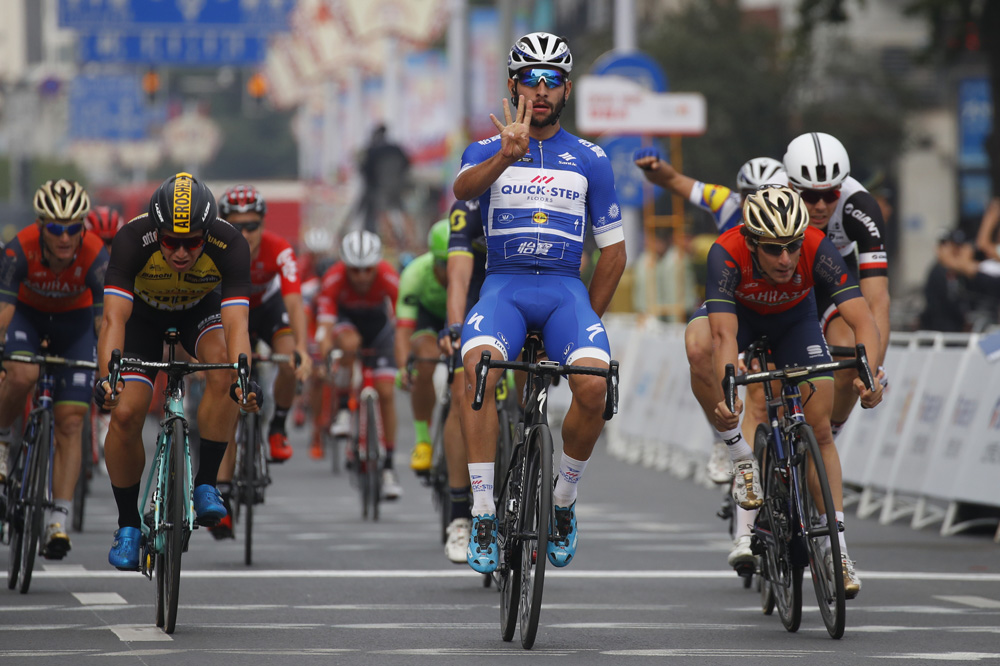
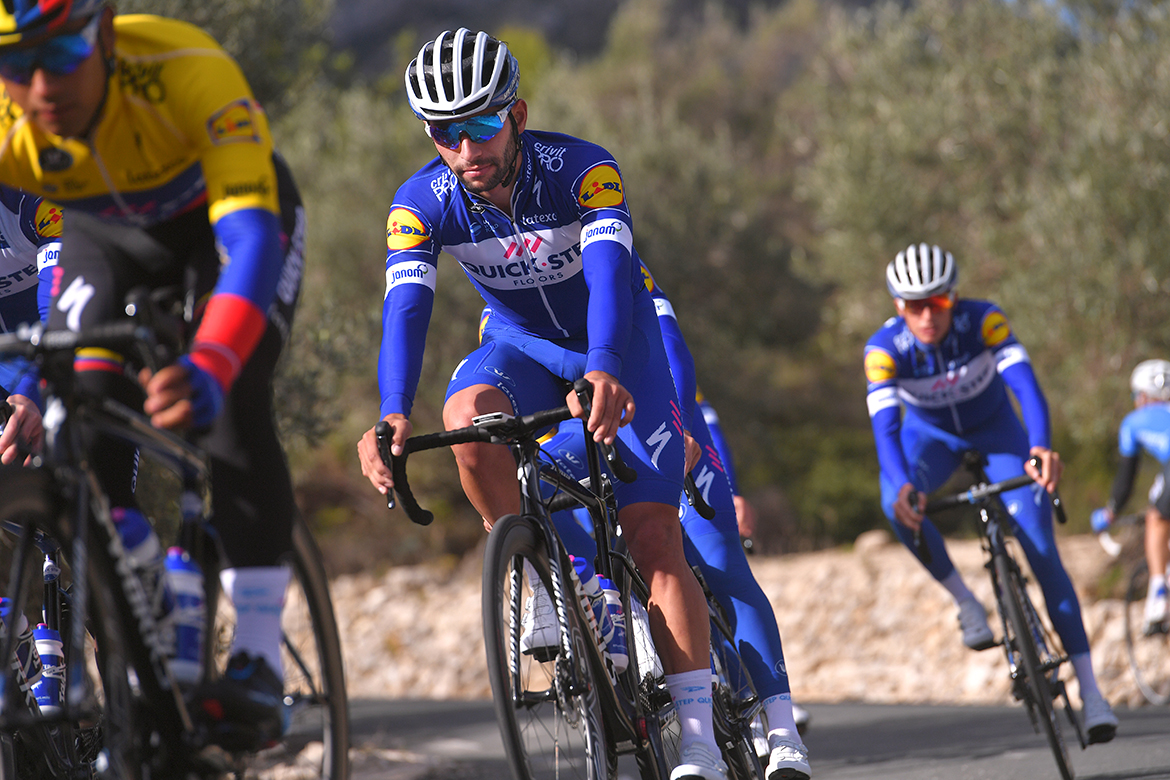
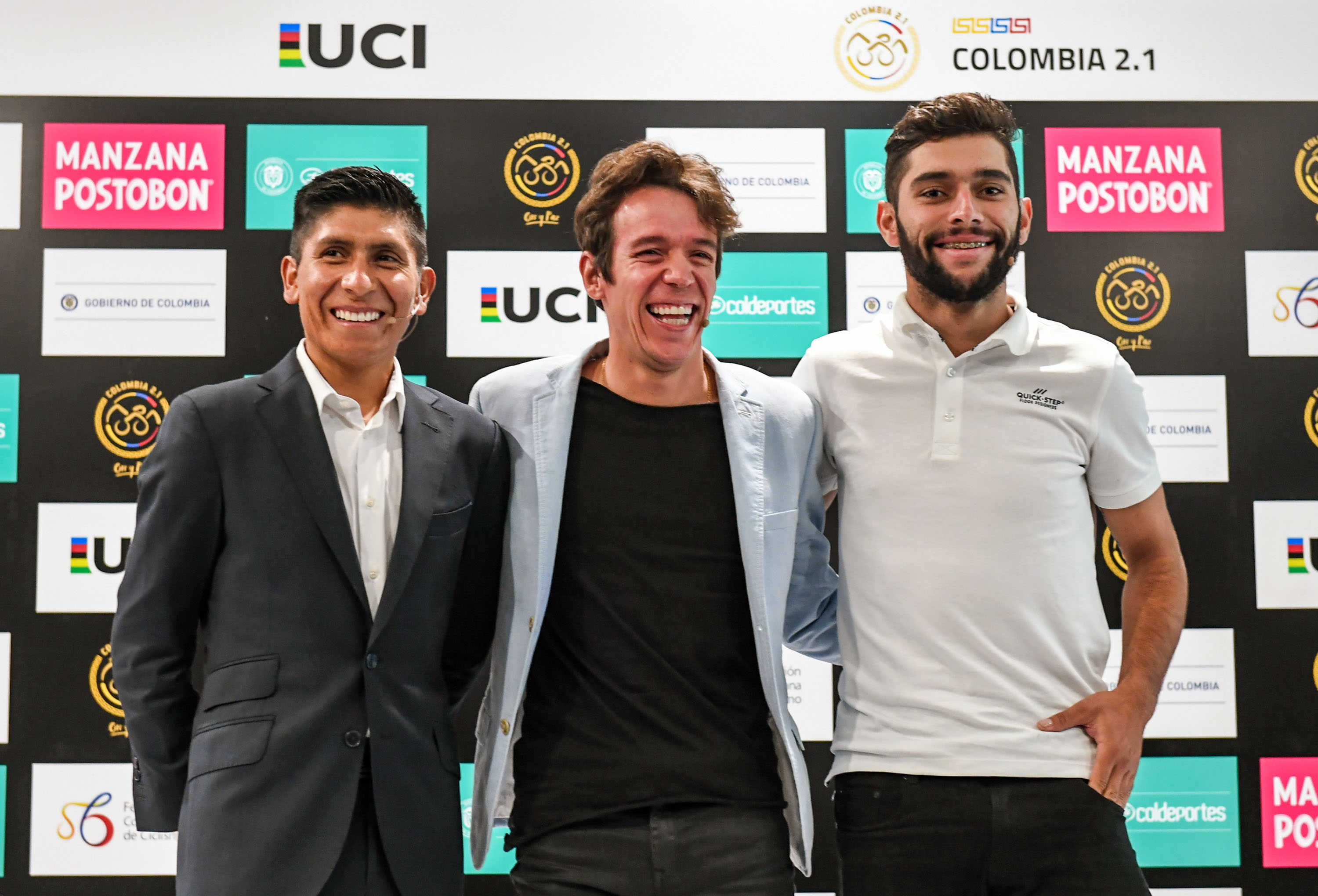
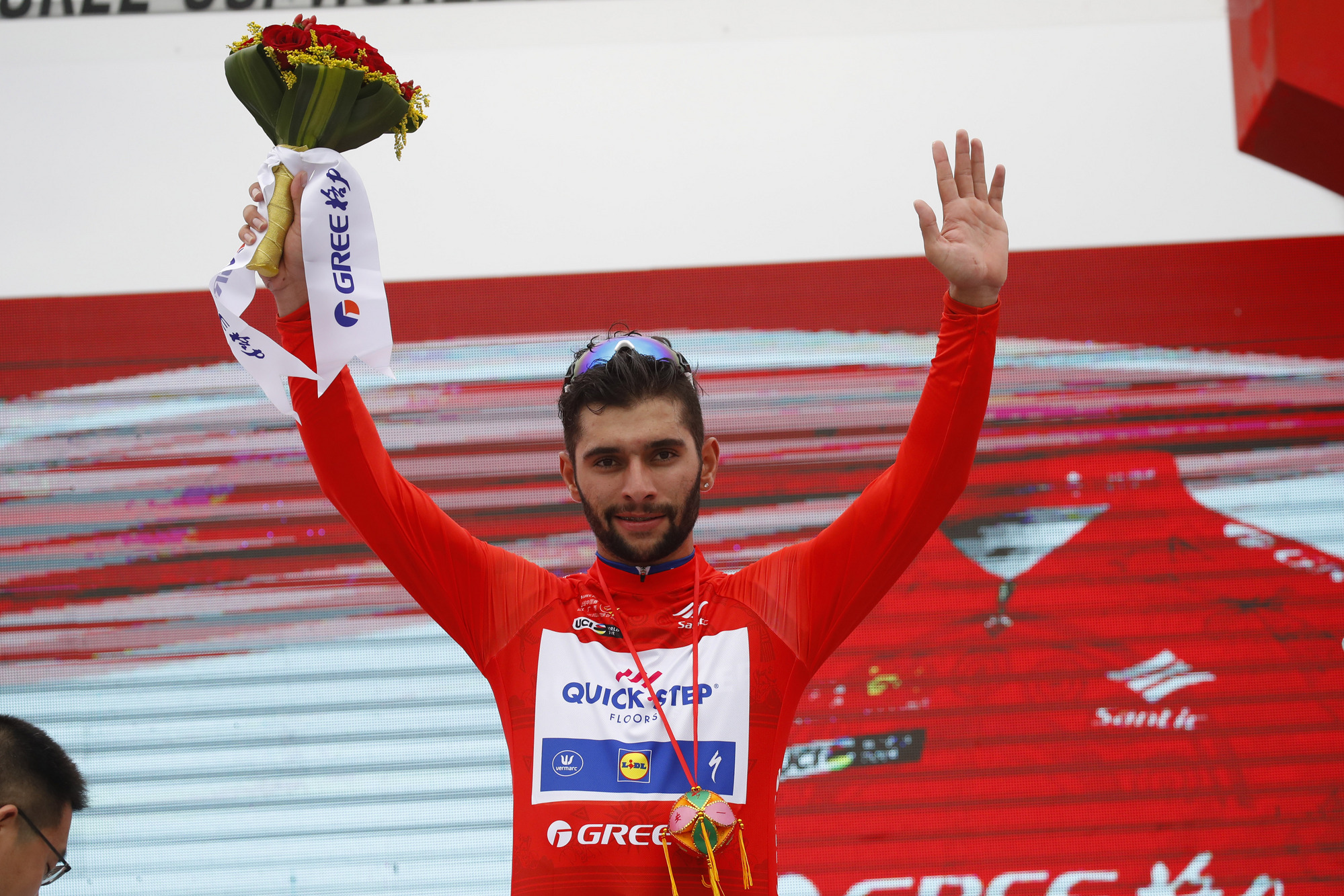
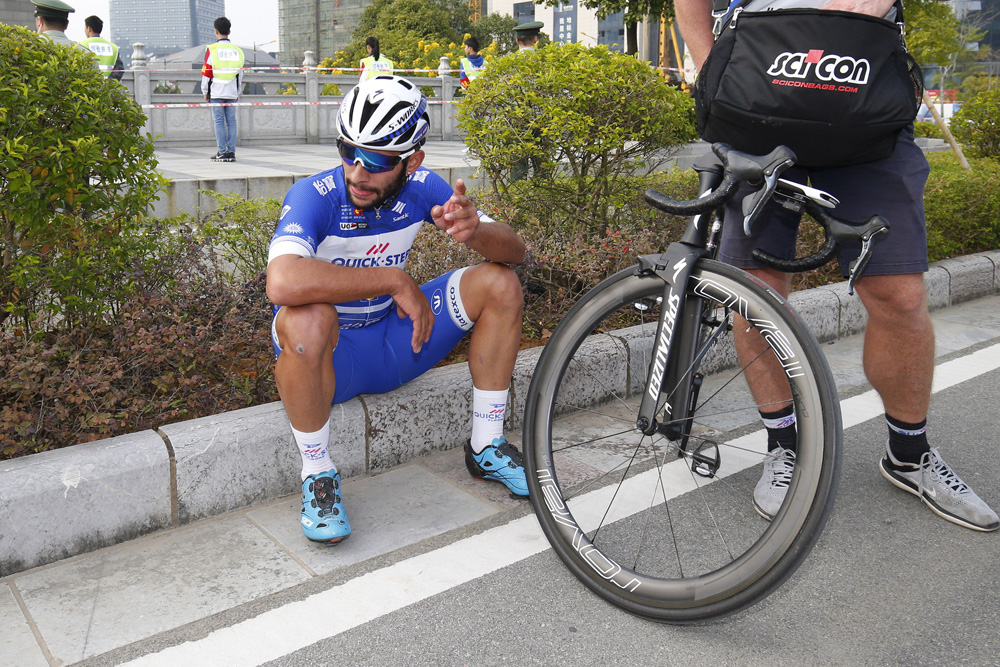
Fernando Gaviria is nothing if not ambitious. After bursting onto the scene with two victories over Mark Cavendish at the 2015 Tour de San Luis, Gaviria has made a blistering start to life as a professional, winning seven races in his debut campaign before doubling that tally in 2017, including four strikes at the Giro d’Italia on his Grand Tour debut.
“A serial killer,” is how Quick-Step Floors team manager Patrick Lefevere refers to the precocious Colombian. “He’s so hungry, I've rarely seen such a hungry kid who wants to win it all. If you talk with him, he will win everything.”
He heads into the 2018 season, at the age of 23, as one of the most important figures at Quick-Step. His status is best illustrated by the fact that Marcel Kittel, the dominant sprinter of last year’s Tour de France with five stage wins, had to leave the team over the winter because he couldn't be guaranteed support at this year's Tour.
Gaviria is hardly one to talk himself up in interview, but he gave a hint of his ambition when he sat down with journalists at Quick-Step’s team presentation in Calpe last week.
“It’s complicated,” he said when asked if he saw himself as the successor to the recently-retired Tom Boonen, a Quick-Step great. “There are still a couple of years to wait to get our hopes up.
“Obviously every cyclist wants to be like Tom Boonen, wants to be like Philippe Gilbert. All cyclists want to be like the great riders we admire. It’s tricky – at the moment matching Gilbert seems like something impossible, the same with Boonen. It’s complicated but, working every day, I will try and live up to them, and why not try and win many more things.”
The next step in Gaviria’s rapid progression will be a Tour de France debut in July. The emphatic display at last year’s Giro convinced the Quick-Step management there was no time to waste in unleashing him on cycling’s biggest stage.
The latest race content, interviews, features, reviews and expert buying guides, direct to your inbox!
“When I was younger I used to watch the stages with Cavendish and the other great riders I share a road with now, and I dreamed of racing with them, and racing in the Tour de France," Gaviria said.
“A lot of the time dreams don’t become reality, but it’s always the dream. I think everybody has a dream that is pretty much impossible, and the Tour de France was one of those dreams – a Colombian sprinter going to the Tour seemed difficult. It’s not like dreams can come true overnight, so it’s hard to get there – you have to wait, and work and work for many years to assimilate that there’s a possibility.”
The dream has indeed become a reality, and not only does he have the chance to get there, he has the chance to win stages and, given the Tour starts with a flat stage in the Vendée region, pull on the fabled yellow jersey. He would become only the second Colombian to don the maillot jaune after Victor Peña in 2003.
“Everyone in Colombia wants to have that jersey. Nairo [Quintana] has tried, Rigo [Uran] has tried, but only one person in history has had it. And we can try it," he said. "The first stage is pretty flat, but close to the coast so there could be wind, there could be movement.
“I’ll have to wait for July, wait to see how my condition is, how that of my rivals is. It’s six months away and there are many important races before the Tour.”
Classics
As Gaviria is keen to point out, there's an equally important phase of his season coming up much sooner.
As well as a bunch sprinter, Gaviria has also showed considerable potential as a Classics rider, leading Boonen to argue that “he has the possibility to become one of the great riders of the Classics”.
This spring, Gaviria is set to make his debuts at the Tour of Flanders and Paris-Roubaix, but Milan-San Remo is the race that is “at the forefront of my mind”. The Italian Monument is the most sprinter-friendly of the one-day races and many see it as a matter of when – not if – Gaviria adds it to his palmares. That much became clear as early as two years ago when he hit the finishing straight with the lead group, only to crash at a moment's loss of concentration.
“I still remember that crash. But it was all experience – all part of an evolution. It’s in the past – things always become clearer in the past but you can’t change it so I’m thinking about changing it in the next edition this year.
“I think I can win it. I’ve been up there both years I've done it, so I believe one day I can, and I will keep trying until I do it.”
As for Flanders and Roubaix, Boonen and others have generated excitement over Gaviria’s prospects in the northern, cobbled classics, but he was keen to play down any hype. He raced Dwars door Vlaanderen and finished ninth at Gent-Wevelgem this year, but is still relatively inexperienced on the cobbles.
“They’re Classics I’ve never done but Classics that inspire me. A lot of the time I think the heart is worth more than the legs in these races,” he said. “I’m available for the team throughout the whole year. If they need a gregario, I’ll go as a gregario, and if they need a rider to try and win, I’ll try and do that somehow.”
Adapting to stardom
Gaviria finds himself as one of the hottest properties in professional cycling, and certainly one of the most in demand at Quick-Step’s team presentation – eclipsed only, perhaps, by Gilbert.
Asked about his newfound stardom, and the surge in media attention, he admitted “it’s complicated”.
“Sometimes you’re tired, or not in the mood, or you’ve got problems at home, or whatever problem, and journalists have a job to do but there’s also a moment you have to say ‘no, I’m not doing any more today’. It’s about finding a balance, between when you’re working, and when you’re doing an interview you can’t be thinking about what’s happening at home or what’s just happened in a race.
“It’s not just journalists but fans. When you get to the bus after a bad race, people want photos but you’re still thinking about the race, so you don’t quite know how to act because you’re thinking about what happened. You need to find the balance.”
Gaviria is aware that, barely 23 himself, he is already seen as a role model by many, and that comes with responsibility.
“They must have the same feeling I did,” he said of the kids who rush up to him for an autograph. “We sometimes don’t appreciate that there are other people who want to do the same things as us, who want to follow in our footsteps. But every time I hear about someone looking up to me it motivates me more, to do things well so as not to damage a future generation of cyclists, or a future generation of people.”
Lefevere says its his own responsibility to keep Gaviria's feet on the ground. "If he makes mistakes we have to say 'Mr Gaviria, you're only 23, don’t run before you can walk."
But Gaviria is already well and truly up and running, and his progress shows no sign of abating.
“I’ve been improving in my way of thinking, the way of seeing things. Beforehand, a big objective would make me nervous, but now I have more of a cool head and I set out what I have to do to achieve it," he said. "I still do certain things in a ‘rookie’ way, but I’ve been changing everything, trying to improve my training, my eating – evolving in order to become a great rider.”
Patrick is a freelance sports writer and editor. He’s an NCTJ-accredited journalist with a bachelor’s degree in modern languages (French and Spanish). Patrick worked full-time at Cyclingnews for eight years between 2015 and 2023, latterly as Deputy Editor.
